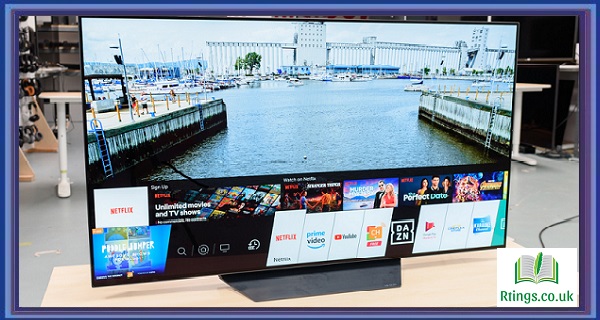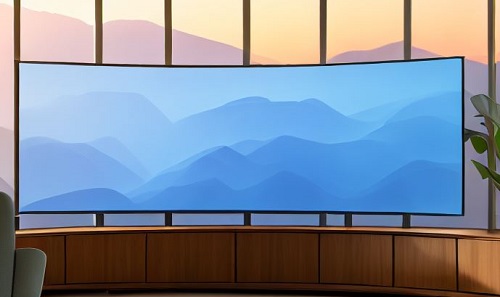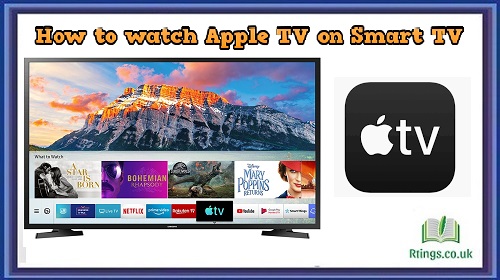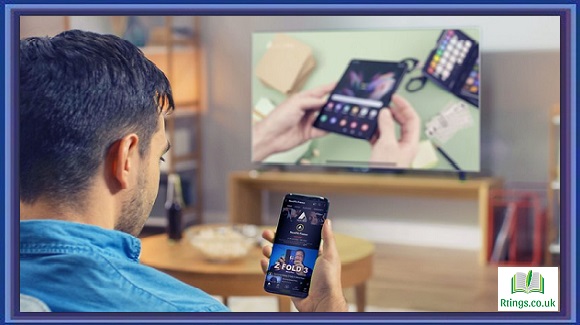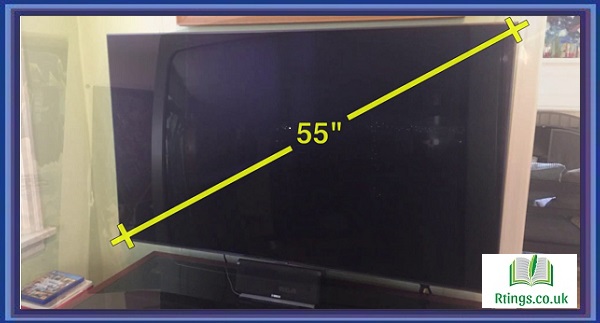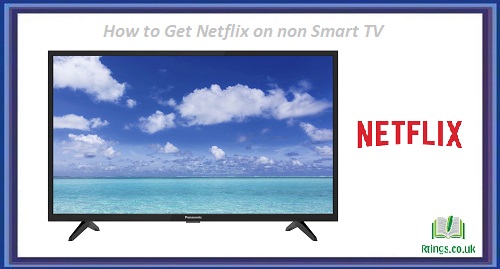Input lag is essential for gamers because it refers to the time it takes for a player’s actions to be reflected on the screen. If input lag is high, it can result in delayed response times, making it challenging to perform tasks accurately. As such, measuring input lag when selecting a gaming TV is essential. In this article, we will provide a comprehensive guide on measuring input lag on a budget OLED TV for gaming.
Step 1: Understand What Input Lag Is
Input lag is the delay between when you press a button or move a controller and when the corresponding action appears on the screen. This delay can occur due to various factors, such as signal processing time, display panel type, and display settings. Input lag is measured in milliseconds (ms), and the lower the input lag, the better.
Step 2: Determine What Equipment You Will Need
To measure input lag, you will need specific equipment. The equipment you will need includes:
- A gaming console or a PC
- A high-speed HDMI cable
- A camera or smartphone with a camera
- A stopwatch or timer app
- A calibration device such as a Spyder5 or X-Rite i1Display Pro (optional)
Step 3: Set Up Your Equipment
Connect your gaming console or PC to your TV using a high-speed HDMI cable. Ensure that your TV is in Game Mode and that any image processing features, such as motion smoothing or noise reduction, are turned off. If your TV has a calibration feature, you can use a calibration device to ensure that the TV is displaying accurate colors and brightness levels.
Step 4: Select a Test Pattern
You can use various test patterns to measure input lag, but one of the most popular is the Leo Bodnar input lag test. This test pattern is available for free online and is easy to use. To access the test pattern, go to the Leo Bodnar website and click “Input Lag Tester.” Select the test pattern that matches your TV’s resolution and download it to your gaming console or PC.
Step 5: Record Your Test
To measure input lag, you will need to record your test. Start by positioning your camera or smartphone in front of your TV to capture the test pattern and your controller or keyboard. Make sure that the camera is stable and at the same distance from the TV as your eyes when gaming.
Next, start the timer app or stopwatch and begin the test. The test consists of two parts: first, press the button or move the controller when the image on the screen changes, and second, record the time it takes for the corresponding action to appear. Repeat this process several times to get an accurate average.
Step 6: Analyze Your Results
Once you have recorded your test, you can analyze your results. The ideal input lag for gaming is less than 20ms. If your TV has an input lag of over 20ms, you may experience delays when playing fast-paced games. If your TV has an input lag of less than 20ms, you should have a smooth gaming experience.
Step 7: Make Adjustments
If your TV has a high input lag, you can make adjustments to improve it. Start by turning off image processing features, such as motion smoothing or noise reduction. If your TV has a gaming mode, make sure it’s turned on. You can also reduce the TV’s resolution or refresh rate, which helps reduce input lag.
Conclusion
Measuring input lag is essential when selecting a budget OLED TV for gaming. Following these steps, you can accurately measure your TV’s input lag and make adjustments to improve your gaming experience. Remember, the ideal input lag for gaming is less than 20ms, so it’s important to ensure that your TV meets this requirement. With the right equipment and test patterns, you can measure input lag on a budget OLED TV for gaming and enjoy a smooth and responsive gaming experience.
Frequently Asked Questions (FAQs)
Can input lag be measured on all types of TVs?
Input lag can be measured on all types of TVs, but the method for measuring it may differ depending on the TV’s technology. For example, some TVs may require a different test pattern or equipment to measure input lag accurately.
Can input lag be improved?
Input lag can be improved by turning off image processing features, such as motion smoothing or noise reduction, and ensuring your TV is in Game Mode. You can also reduce the TV’s resolution or refresh rate, which helps reduce input lag.
Why is input lag important for gaming?
Input lag is important for gaming because it refers to the time it takes for a player’s actions to be reflected on the screen. High input lag can result in delayed response times, making it challenging to perform tasks accurately, particularly in fast-paced games.
What is the ideal input lag for gaming?
The ideal input lag for gaming is less than 20ms. If your TV has an input lag of over 20ms, you may experience delays when playing fast-paced games. If your TV has an input lag of less than 20ms, you should have a smooth gaming experience.

